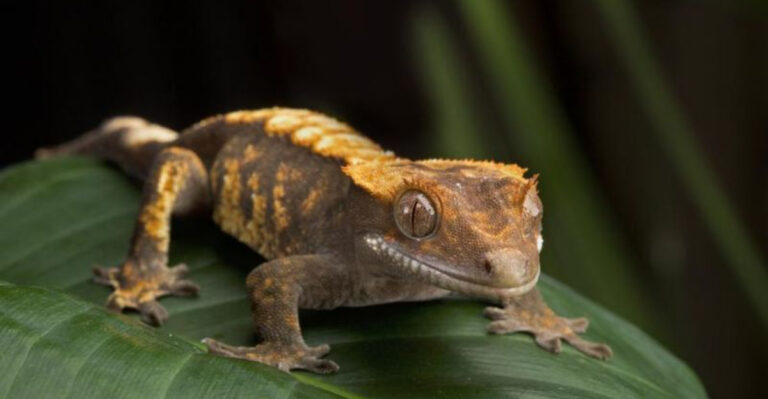How Your Cat’s Calm Routine Could Be Helping Your Mental Health
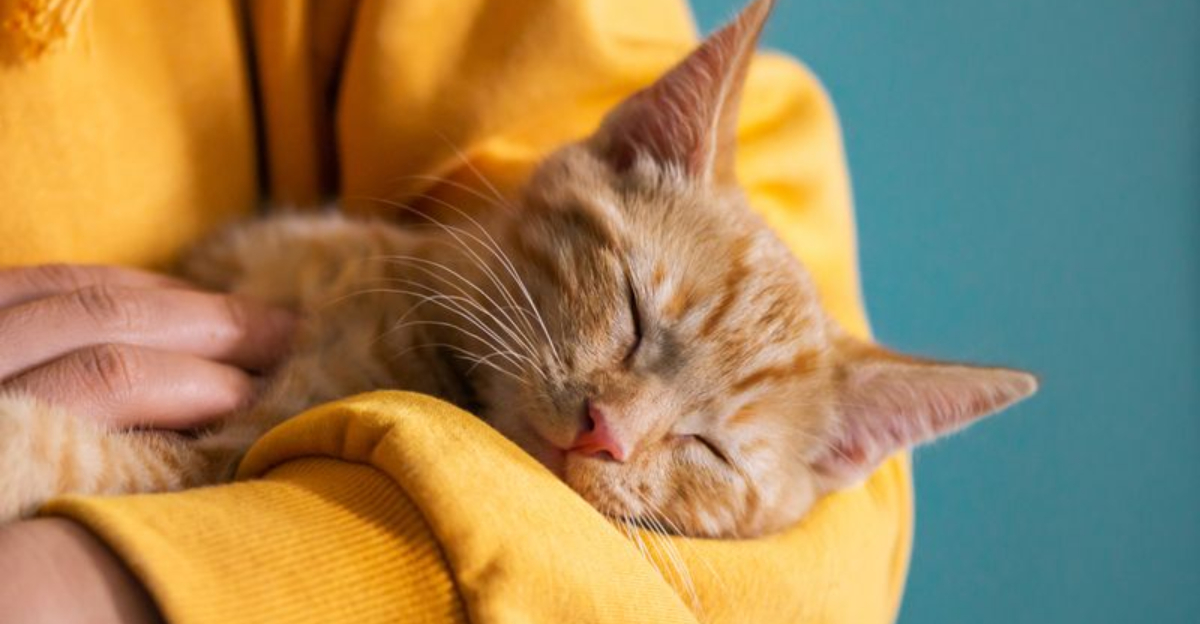
Ever notice how your cat seems to have life figured out? While you’re rushing around, your feline friend is stretching in a sunbeam without a care in the world.
This isn’t just cute to watch – your cat’s peaceful habits might actually be improving your mental health in ways you never realized.
1. Their Predictable Routine Grounds Us
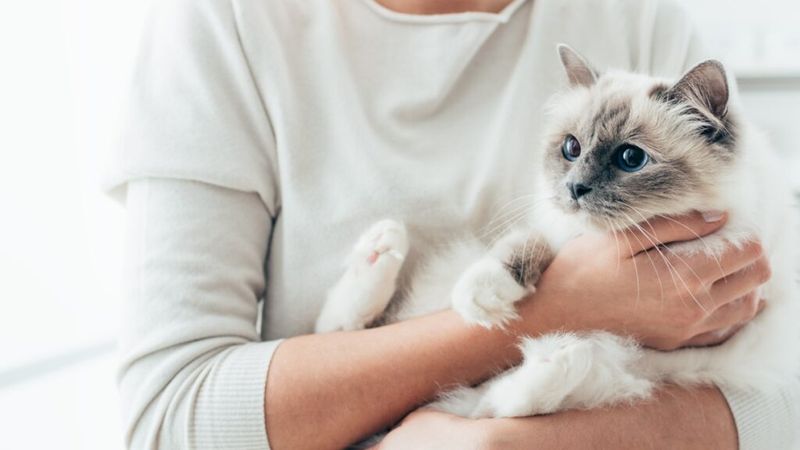
Cats are creatures of habit, demanding breakfast at 6 AM sharp and claiming the same sunny windowsill every afternoon. This predictability can anchor our days, especially when life feels chaotic.
For people battling anxiety or depression, a cat’s steady rhythm provides structure when creating our own feels overwhelming. Their clockwork behavior gently nudges us toward consistency too.
2. Their Calm Presence Reduces Stress Hormones
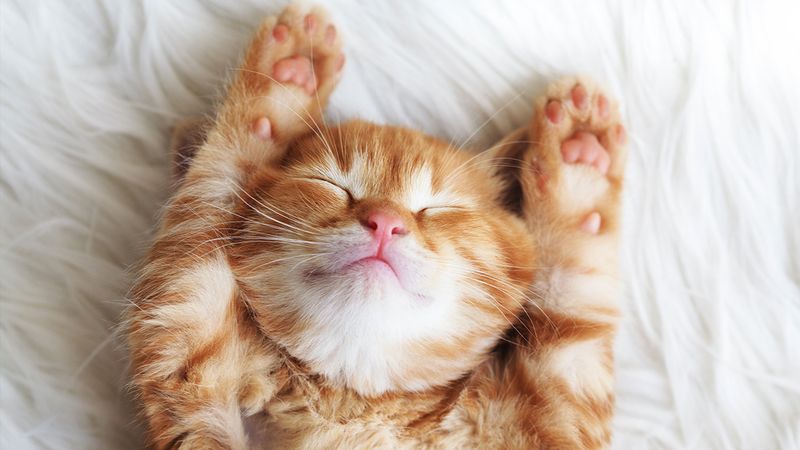
The science is clear: spending time with your furry companion actively lowers your body’s cortisol levels. When you stroke that soft fur, your nervous system actually downshifts into a calmer state.
Your blood pressure drops and your muscles relax. This physiological response happens whether you’re consciously aware of it or not – your body naturally unwinds in your cat’s tranquil presence.
3. Purring May Have Healing Properties
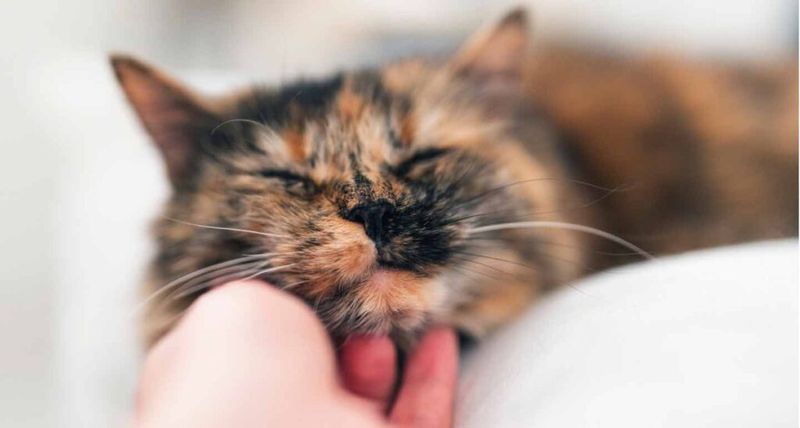
That rumbling motor in your cat’s chest isn’t just adorable – it might be medicinal. Cat purrs vibrate at frequencies between 25-150 Hz, ranges shown to promote healing in human tissues and bones.
Scientists have discovered these vibrations can reduce pain, decrease swelling, and even help bones grow stronger. Your cat’s purr therapy works like a gentle internal massage for both of you.
4. They Teach The Art Of Stillness
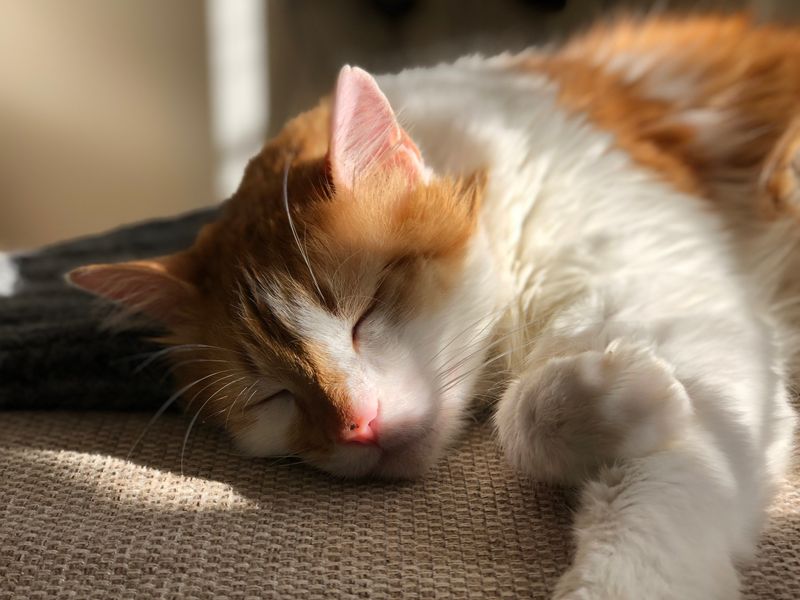
Watch your cat perched on a windowsill, utterly absorbed in bird-watching for hours. Nothing exists beyond that moment. No worrying about tomorrow or replaying yesterday.
Cats model perfect mindfulness without trying. Their complete immersion in simple pleasures shows us how to stop the mental chatter. By observing their stillness, we learn to quiet our own racing thoughts.
5. Encouraging Daily Mindfulness
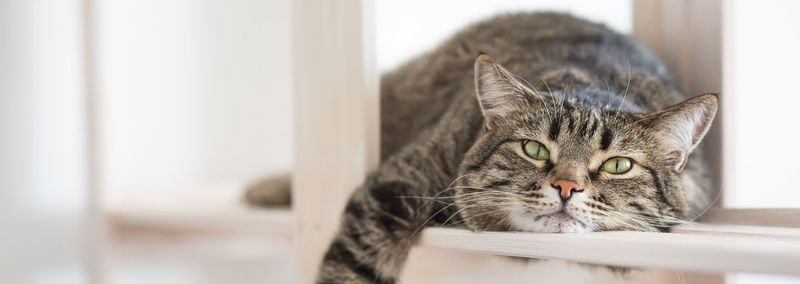
Your cat spends twenty minutes methodically grooming each paw. Stop and really watch this ritual next time. Notice how your breathing naturally slows to match their rhythm.
These small moments pull us out of our mental loops and into the present. Cat owners often experience these mini-mindfulness breaks throughout their day without realizing it. Each cat-watching moment becomes a tiny meditation session.
6. Their Independence Eases Social Pressure
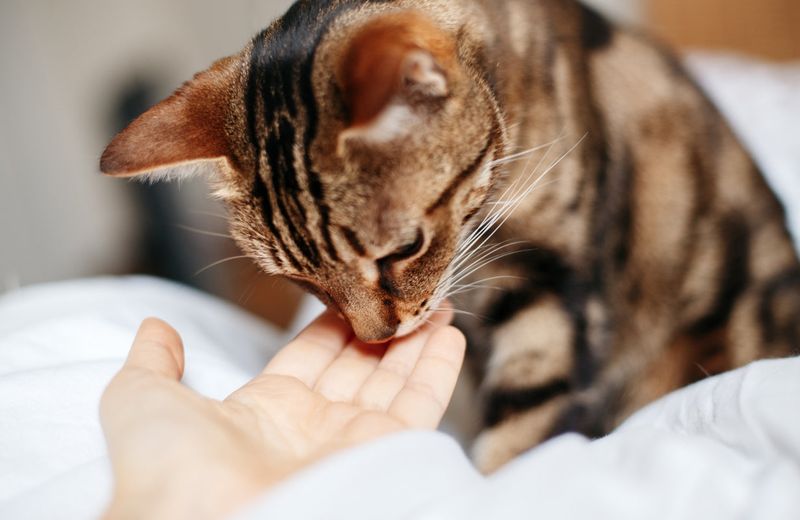
Unlike dogs who need constant reassurance, cats respect your space. They offer companionship without demanding constant interaction or conversation.
This low-pressure relationship provides comfort for people who find social situations draining. Your cat never judges your social skills or expects you to perform emotionally. Their quiet presence fills the room without overwhelming it.
7. Creating A Soothing Soundscape
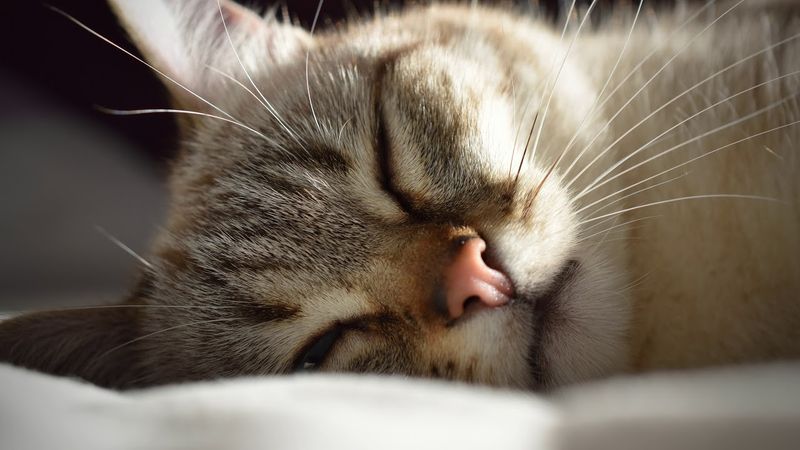
Listen closely to your home with a cat. Soft paw-steps padding across the floor. The gentle rhythm of grooming. Occasional sweet chirps and trills.
These natural sounds create a calming audio environment that counteracts harsh modern noise. For people with sensory sensitivities or noise-related anxiety, a cat’s gentle soundscape works like audio therapy, creating a peaceful acoustic bubble in your home.
8. Warmth And Touch Without Overstimulation
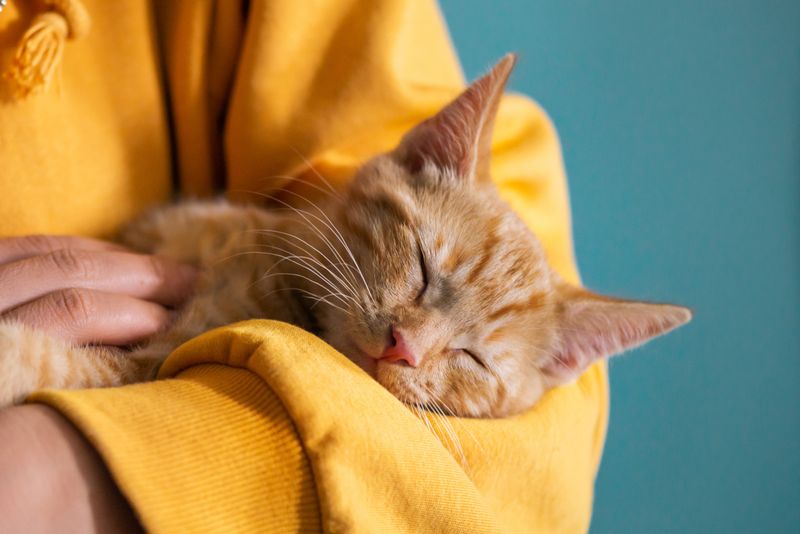
A cat curled against your leg provides physical contact without overwhelming you. Their body heat and gentle weight act like a living weighted blanket, naturally calming your nervous system.
This pressure therapy works especially well for people with sensory processing differences. The steady warmth of a purring cat releases oxytocin – your body’s bonding hormone – without the intensity of human touch.
9. They Reinforce Safe, Predictable Spaces
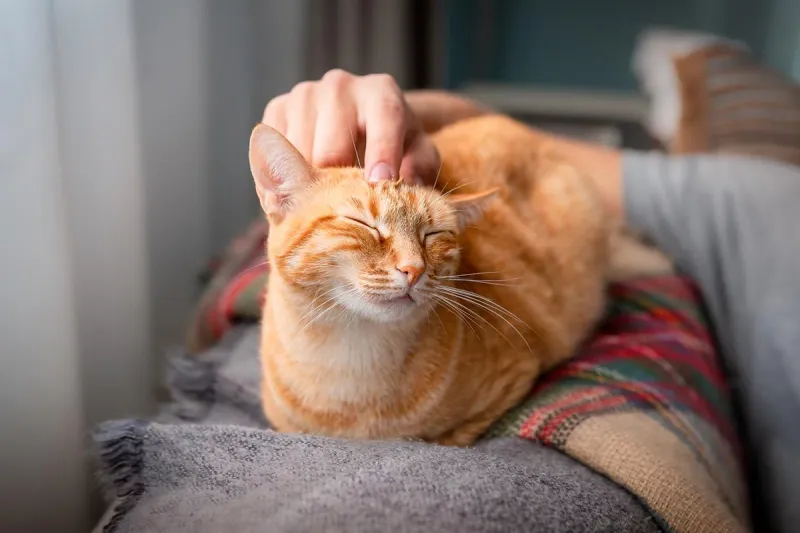
Cats instinctively create comfort zones around your home – that basket by the heater, the sunny corner of the couch. When they claim these spots, they’re actually mapping security for both of you.
Following your cat to these safe havens can help anchor you during anxious moments. Many cat owners unconsciously seek out these feline-approved spaces when feeling stressed, intuitively using their cat’s security system.
10. Their Sleeping Habits Normalize Rest
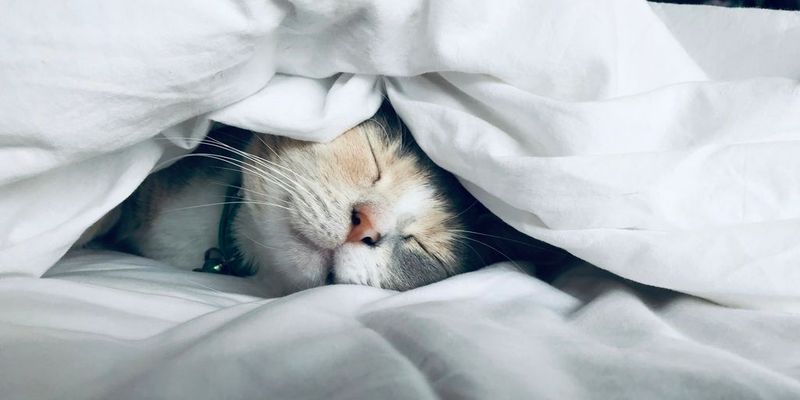
Your cat naps 16 hours daily without an ounce of guilt. They stretch luxuriously, find the perfect spot, and completely surrender to rest whenever their body needs it.
This natural approach to sleep challenges our productivity-obsessed culture. Watching your cat prioritize rest can help you recognize your own need for downtime. Their example reminds us that rest isn’t lazy – it’s necessary for health.
11. They Offer Nonverbal Emotional Support
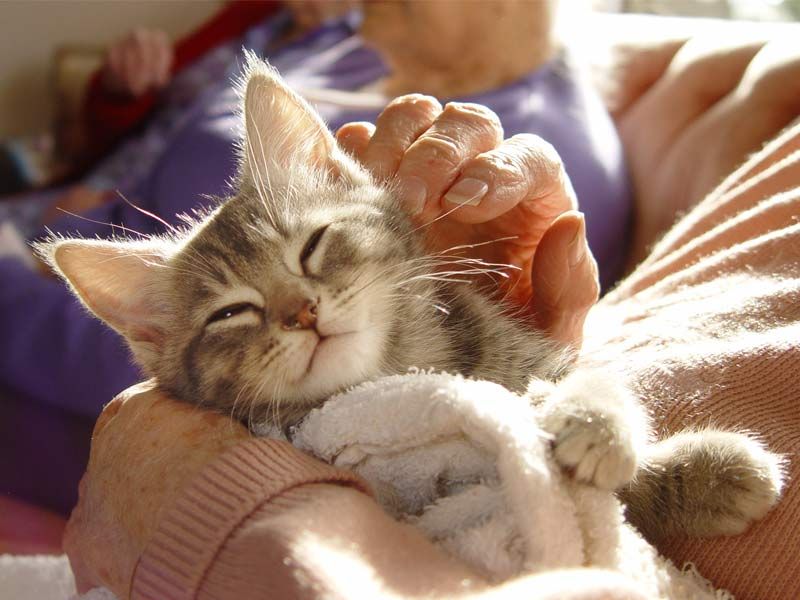
Remember that time you cried and your cat appeared from nowhere, pressing against you? Cats sense emotional distress through subtle changes in our scent and behavior.
Their silent support feels uniquely validating because it’s freely given, not socially obligated. For people struggling to articulate feelings, this wordless understanding provides profound comfort. Your cat responds to your authentic emotions, not your explanation of them.
12. Promoting Gentle Daily Movement
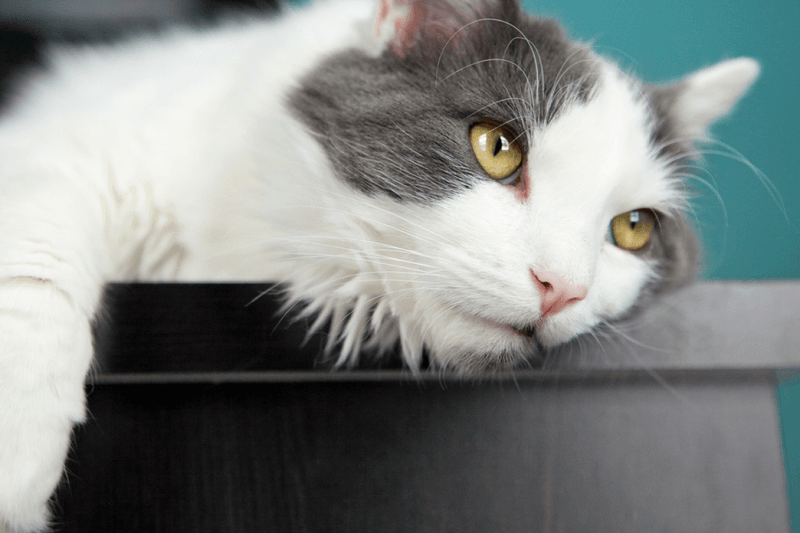
Feeding time, toy tosses, litter box cleaning – cat care involves small, meaningful movements throughout your day. These micro-activities get you up and moving without requiring major exertion.
For people struggling with depression or low energy, these necessary cat-care tasks provide just enough physical activity to boost mood. The routine of caring for your cat naturally builds movement into your day, even when motivation is low.
13. They Reflect Our Emotional States Without Judgment
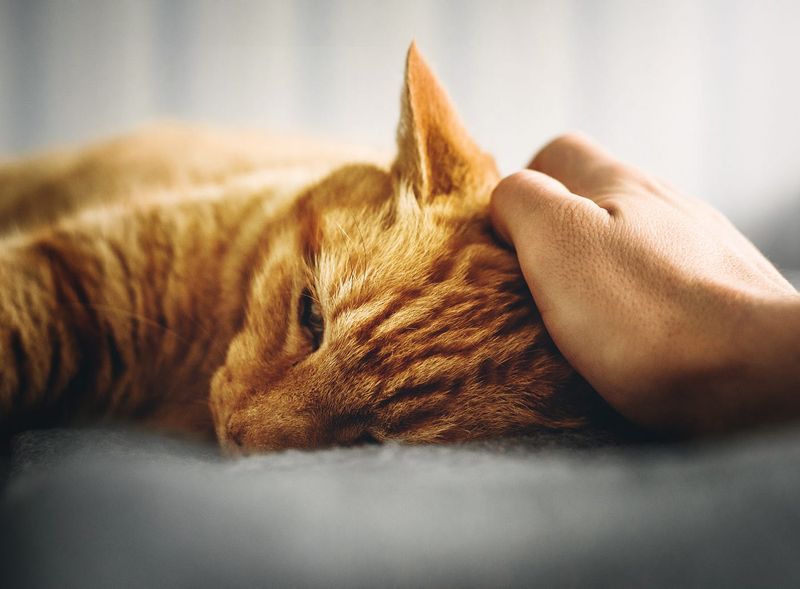
Cats respond to our energy with remarkable sensitivity. When you’re calm, they relax. When you’re playful, they engage. Yet they never demand you pretend to feel differently than you do.
This emotional mirroring without judgment creates rare psychological safety. Your cat accepts you as you are – anxious, sad, or joyful. This unconditional presence teaches us self-acceptance by example.





